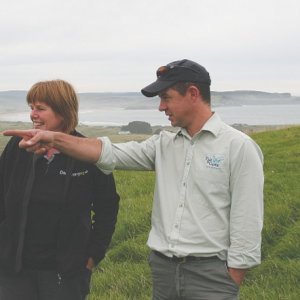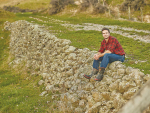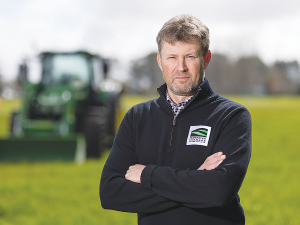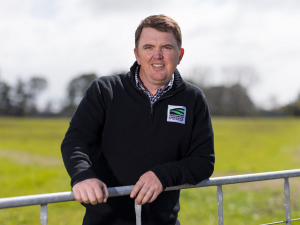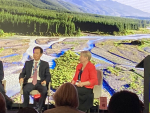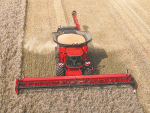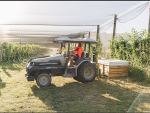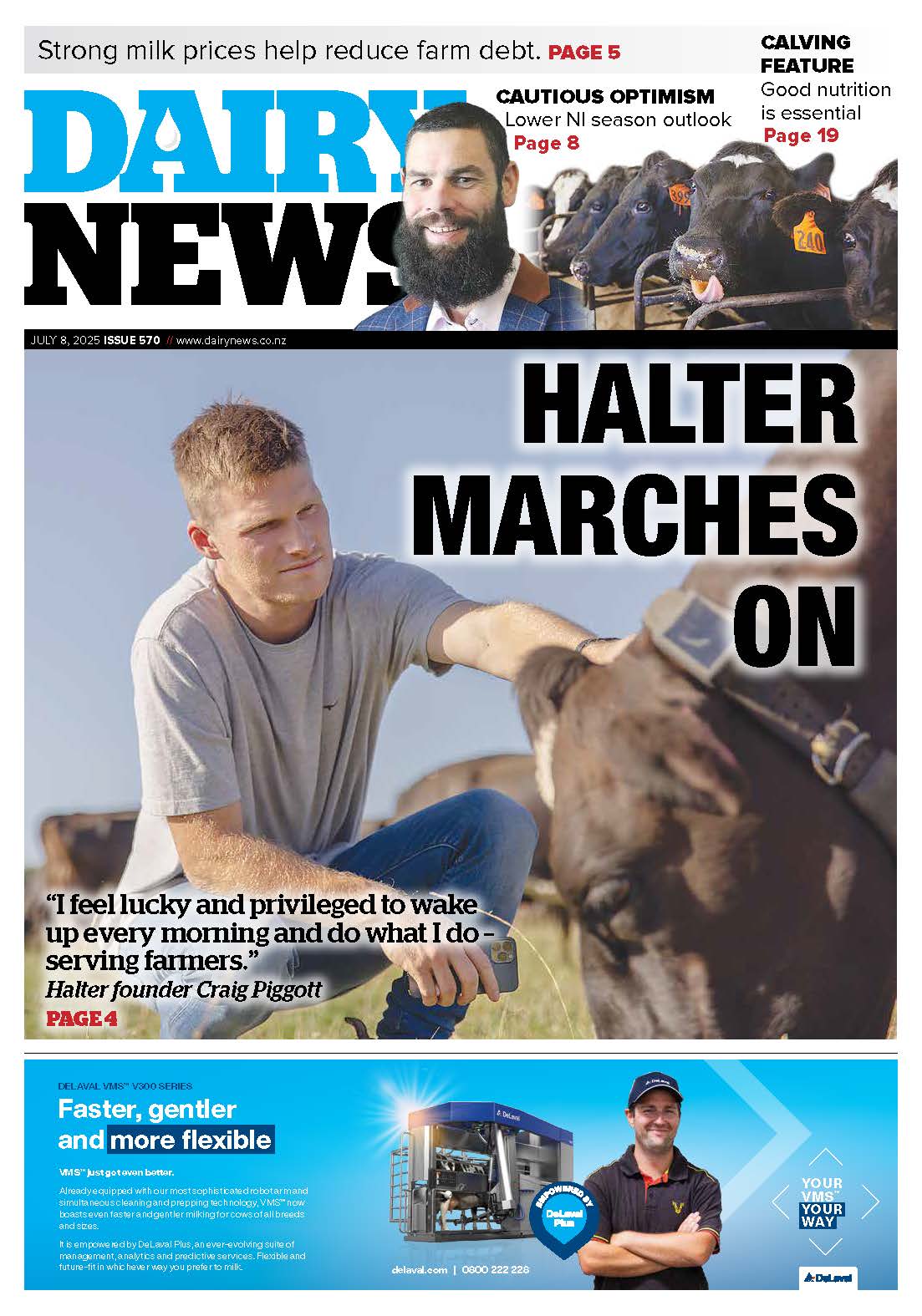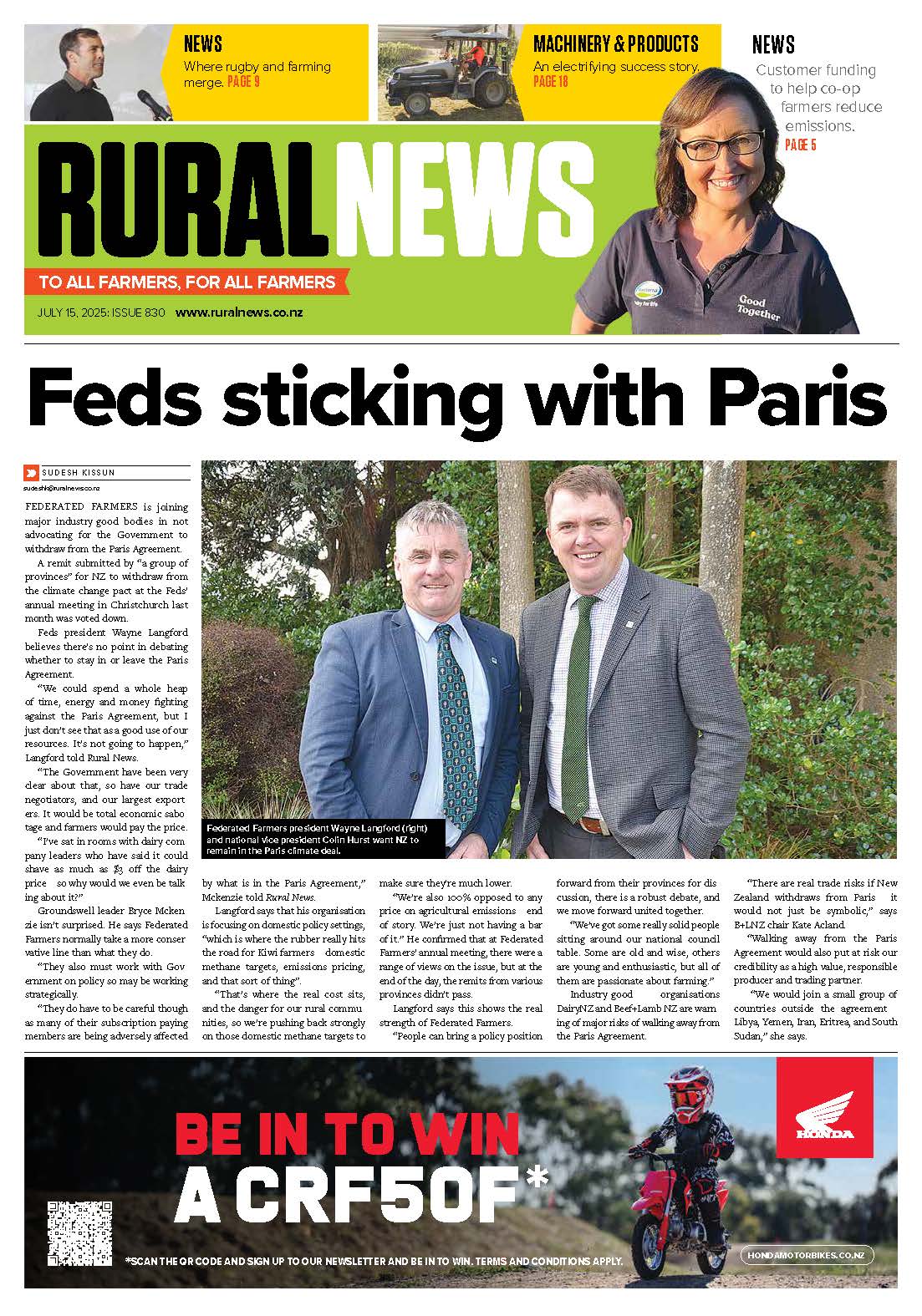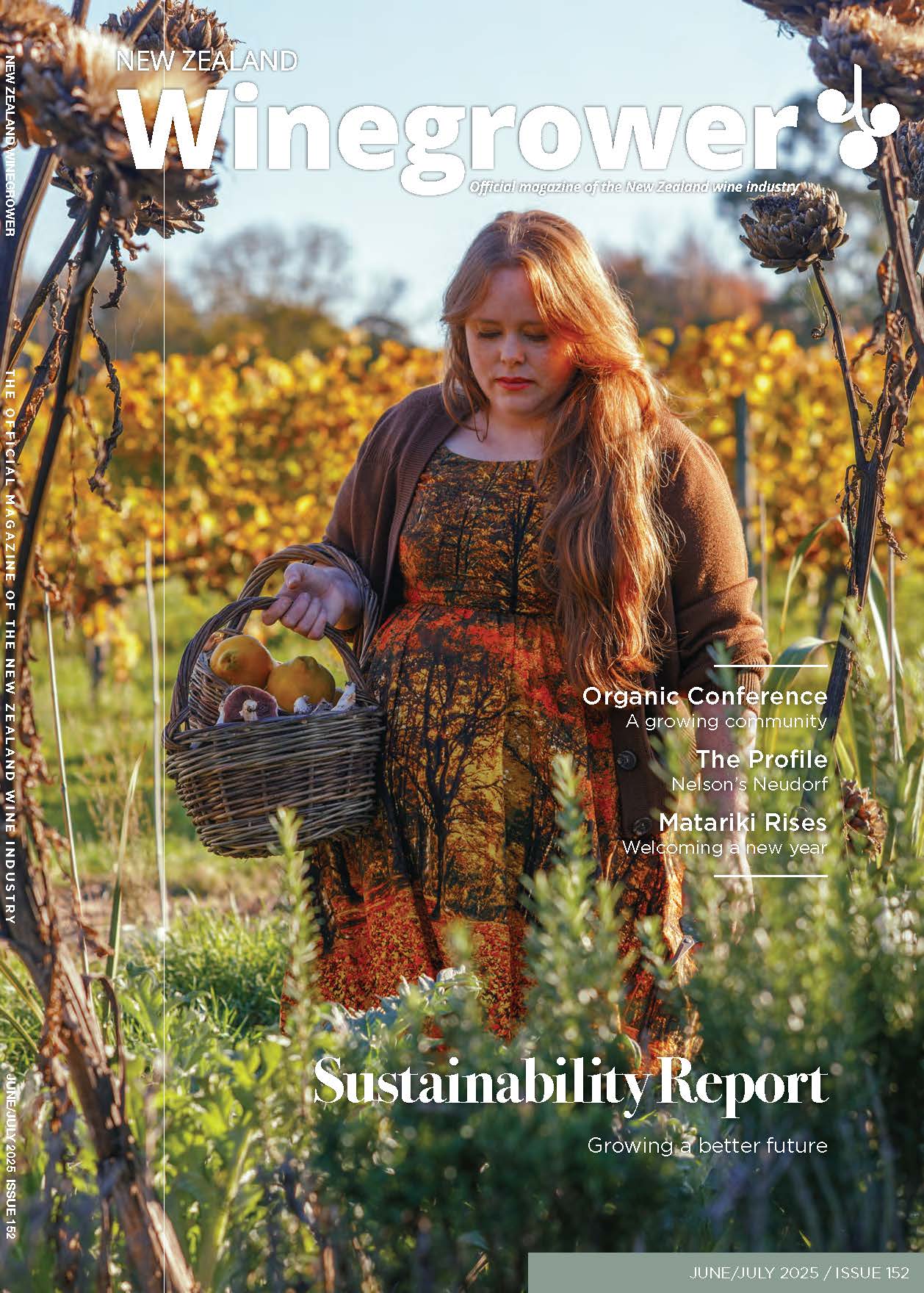But a little over three years on, the farm is established and you might wonder what all the fuss about perceived environmental impacts was for.
While the term ‘sustainability’ is loosely bandied about and generally overused these days, this is one operation that ticks all the boxes when it comes to being financial, socially, and environmentally responsible.
It goes against the dairy industry intensification mould, showing profitability is not necessarily correlated with cramming as many cows as possible onto each hectare.
With its lighter stocking rate, South Coast Dairy (SCD) is seeing a pay-off through improved animal health and longevity, reduced inputs and labour requirements, and reduced environmental impact.
“If you can handle the odd rough day, it’s a beautiful location out here,” says Miranda Hunter who, with her husband, is one of five equity partners in SCD.
The wider landscape is indeed scenic, and the 200ha property itself a stunning entity in its own right, both aesthetically and, according to Hunter, as a business proposition.
Some of the equity partners have a farming background – Hunter was Dairy NZ’s Southland/South Otago regional leader until recently. Others are from occupations ranging from local tourism to bank management. It was this diverse mix of skills which enabled them to see the potential in what was politely referred to as a “tired” sheep and beef farm before its transformation.
“Turning it into somewhere that milked cows gave us enough cashflow to be able to do what we had in mind for the property long term,” says Hunter. “If it remained a sheep and beef farm we wouldn’t have been able to do this.”
She’s referring to vast improvements made over the past three years, the most immediately obvious being riparian management with extensive new fencing and wide buffer zones of plantings between paddocks, the new network of cattle races and the many small streams draining off the land.
A large area of remnant podocarp forest has been fenced and placed under QEII Trust covenant.
“We all knew what we wanted to achieve with this property from the outset, but didn’t know how to get there, so we involved people from Fish & Game, Environment Southland and DOC and Forest & Bird, the local iwi, and had Landcare coordinating. We told them we had a blank piece of paper and asked them to use their skills to give us a hand.
“We didn’t want bare minimum distances for fence lines from streams and waterways on the property – we wanted riparian buffer zones that were going to be big enough to be effective.
“It goes back to acknowledging the risks of this environment – we needed good riparian buffers because we didn’t want to get it wrong.”
The result of this investment is significantly improved water quality which has been monitored since before the conversion and yearly thereafter.
Have the environmental initiatives come at a cost to production? “No,” says Hunter.
“Physically, it might be a loss, but from a production point of view there’s been no loss. On some of this sloping land, if you put a fence half-way down the cows are going to wear that incline bare anyway so it’s just practical stuff really.
“I’m a practical farmer. This place makes money and it looks after the environment. You can actually do that.”
SCD winters just over 400 cows, not a high stocking rate but the owners decided setting realistic limits was an environmental necessity. Hunter says the policy meets her practicality test with associated economic spin-offs.
“It never will be a highly stocked farm – this is not the environment where you want to take risks.
“We’re at about 2.8SU/ha. If you look at it from a straight financial view, one of the most expensive things in a Southland farming system is the cost of wintering animals. So, if you’re going to winter animals and do low kilos of milk solids per cow it’s not much of a winner financially. We prefer to have a lower stock policy, winter less and then produce more milk solids per cow.
“That provides a whole host of downstream benefits too. We need less young stock coming in because fewer animals are falling off the end [dying]. It winds the whole operation back but from a financial point of view we can make it work very well. This is very much along the lines of what they’re finding at the Lincoln Research Farm.”
Considering, also, the better in-calf rate, low levels of empties and fewer premature deaths, the regime is clearly better for animal welfare too, saving on vet bills.
“If you operate more cows you’ve got longer milking times and all those issues start kicking in. It’s also better from the staffs’ point of view.”
There are advantages in effluent management too, another area SCD has taped. A weeping wall steadily separates solids from liquid, with sufficient storage that the K-line needs fewer than 30 days/year to clear it.
“We’ve put in two sets of pods so when conditions are right they can be putting out at low rates but covering a large area [reducing the risk of ponding].
“It’s made it easy to manage. The extra set of pods was only $4000 which isn’t big money in the scheme of things and not when you also consider the benefits of making work a bit easier for staff.”
Farm policy is to have the pond near-empty by the end of February so it’s as low as possible heading into winter, leaving staff free to focus on calving rather than worry about effluent issues at this time of year.
“Digging a hole and just filing it doesn’t cut the mustard. You’ve got to have well-managed effluent storage.”
Hunter says the consortium behind South Coast Dairy is proud of what they’ve achieved with the farm, but insists “it’s just practical stuff”.
“Personally I would say we are at a good responsible level of farm practice here, but we’re not doing anything particularly flash.
“I hope that when the likes of Fish & Game and DOC and ES drive past they take some ownership in what’s been achieved because their input has been invaluable.”
• Hamish Carnachan is Fish & Games communications manager.





